Anthropic’s Claude AI is purportedly capable of using computers like a human. And apparently, that includes procrastinating.
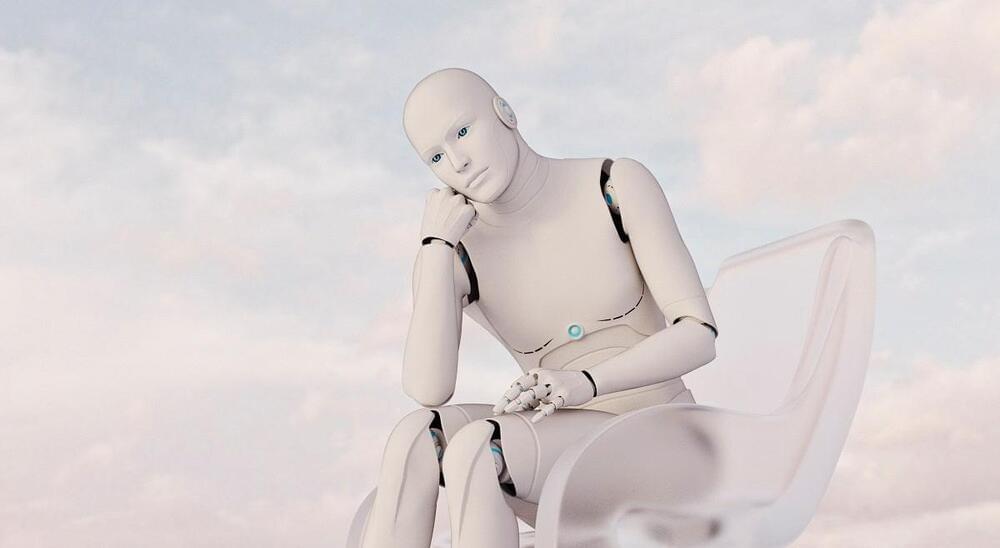

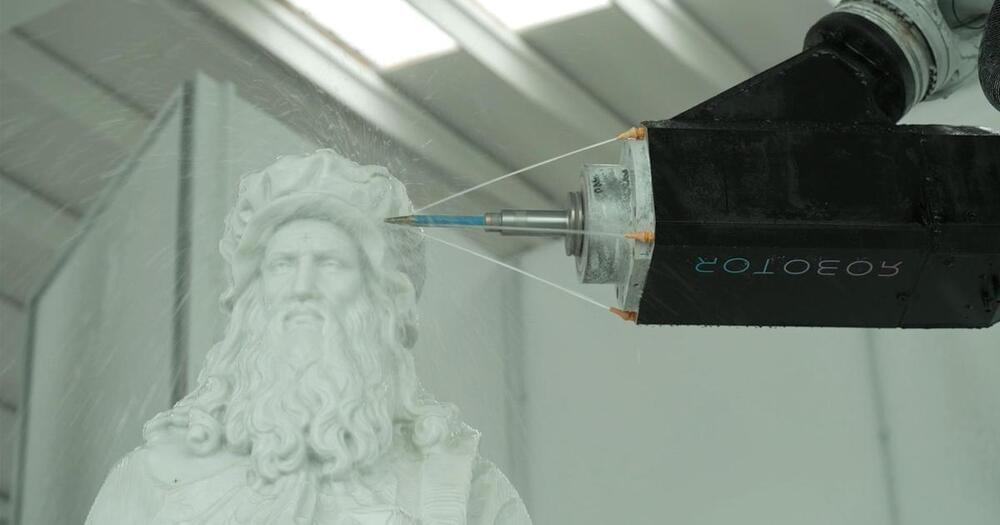
Instead of the old-fashioned hammer and chisel, a 13-foot zinc alloy arm with a spinning, diamond-crusted finger is now used by some to cut marble. Robotor CEO Giacomo Massari says it’s ten times faster.
A fleet of marble-sculpting robots is carving out the future of the art world. It’s a move some artists see as cheating, but others are embracing the change.
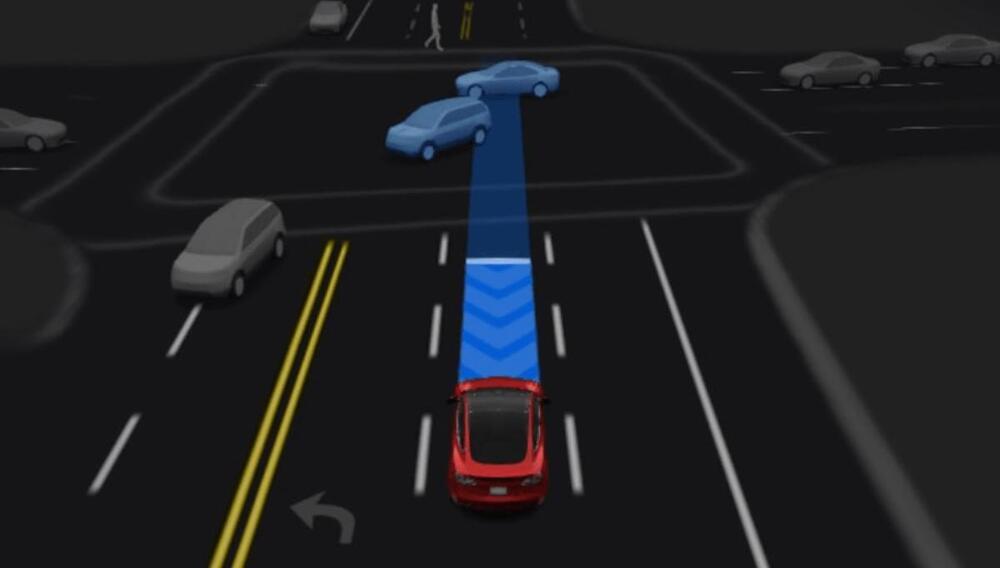
Tesla began rolling out a significant update to its Full Self-Driving (FSD) software on Saturday, shifting the city-streets driving system to a single, end-to-end neural network model in FSD version 12.5.6.3.
Last week, Tesla CEO Elon Musk said the company’s FSD technology “is now almost entirely AI.” In early October, Musk had stated that FSD “will soon exceed 10,000 miles between critical interventions, which is a year of driving for most people.”
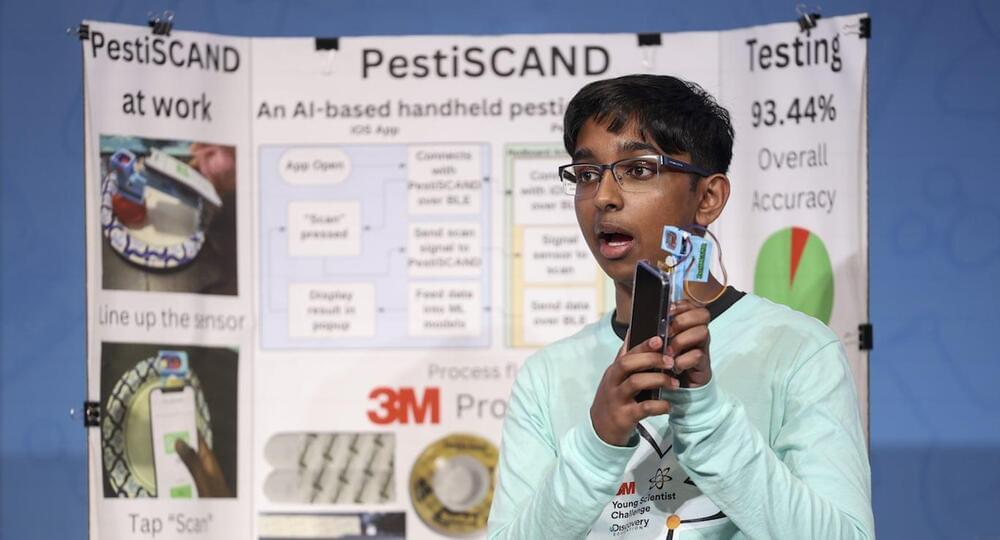
A 9th grader from Snellville, Georgia, has won the 3M Young Scientist Challenge, after inventing a handheld device designed to detect pesticide residues on produce.
Sirish Subash set himself apart with his AI-based sensor to win the grand prize of $25,000 cash and the prestigious title of “America’s Top Young Scientist.”
Like most inventors, Sirish was intrigued with curiosity and a simple question. His mother always insisted that he wash the fruit before eating it, and the boy wondered if the preventative action actually did any good.
For our AI industry people, if you werent aware, some kind of research prizes for solving technical challenges related to AI.
Prize information, rules, and key dates.
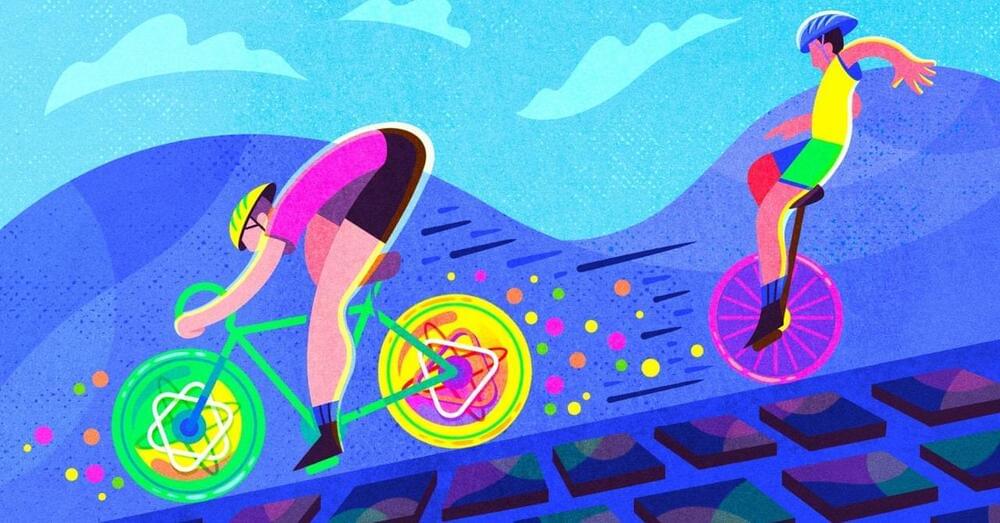
The combined results also speak to a more fundamental goal. For decades, the quantum computing community has been trying to establish quantum advantage —a task that quantum computers can do that a classical one would struggle with. Usually, researchers understand quantum advantage to mean that a quantum computer can do the task in far fewer steps.
The new papers show that quantum memory lets a quantum computer perform a task not necessarily with fewer steps, but with less data. As a result, researchers believe this in itself could be a way to prove quantum advantage. “It allows us to, in the more near term, already achieve that kind of quantum advantage,” said Hsin-Yuan Huang, a physicist at Google Quantum AI.
But researchers are excited about the practical benefits too, as the new results make it easier for researchers to understand complex quantum systems.
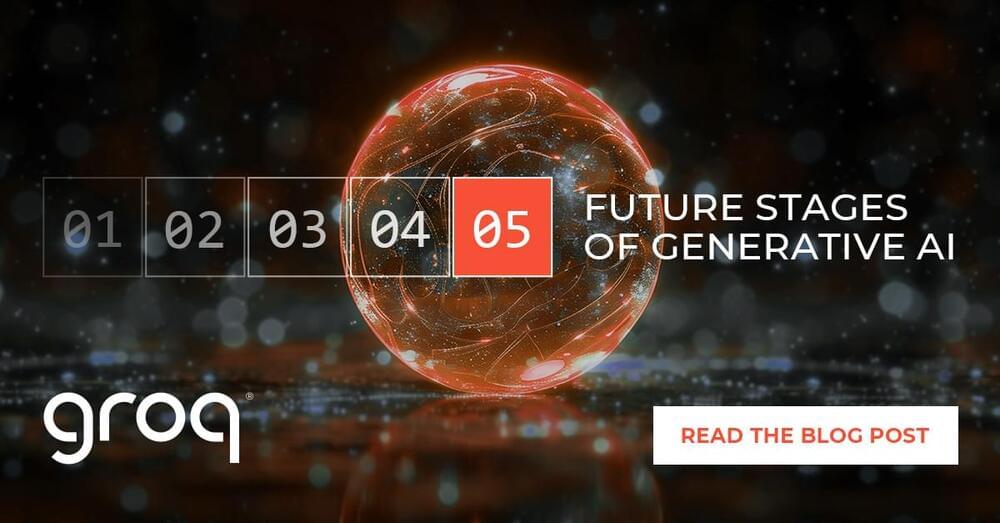
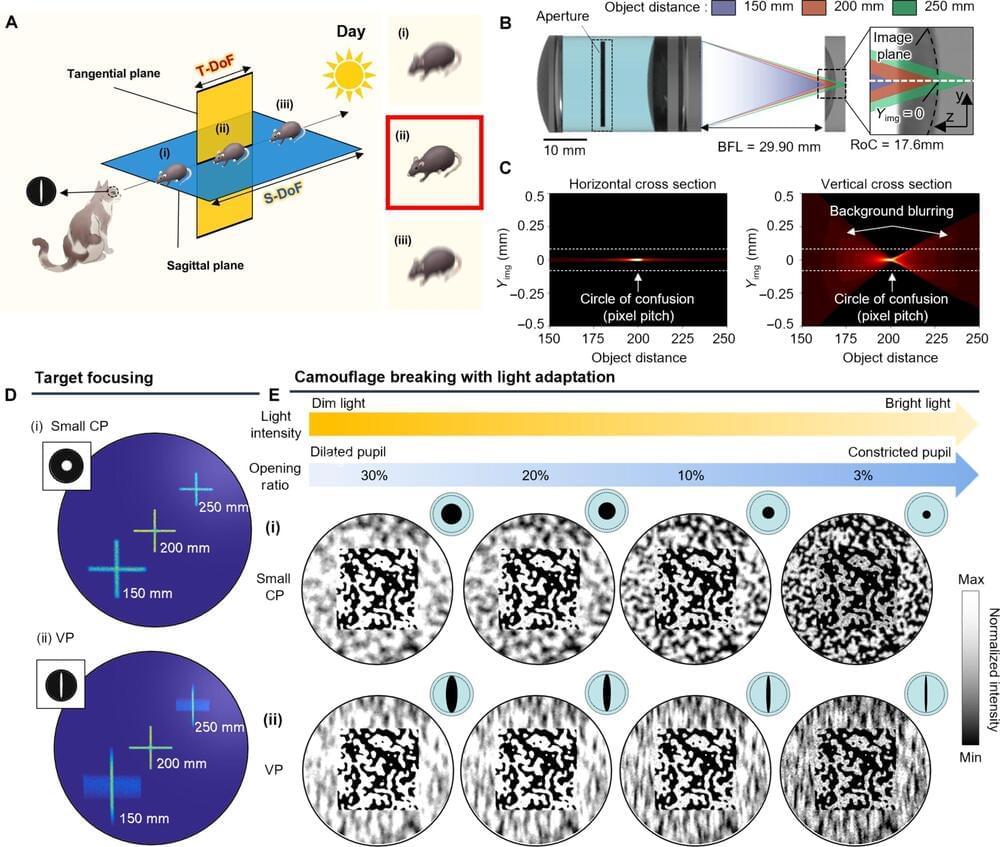
Feline-inspired vision technology enhances accuracy in challenging environments, paving the way for smarter, more efficient autonomous systems.
Researchers have unveiled a vision system inspired by feline eyes to enhance object detection in various lighting conditions. Featuring a unique shape and reflective surface, the system reduces glare in bright environments and boosts sensitivity in low-light scenarios. By filtering unnecessary details, this technology significantly improves the performance of single-lens cameras, representing a notable advancement in robotic vision capabilities.
Autonomous systems like drones, self-driving cars, and robots are becoming more common in our daily lives. However, they often struggle to “see” well in different environments — like bright sunlight, low light, or when objects blend into complex backgrounds. Interestingly, nature may already have the solution to this problem.
By using sensor-embedded sponges and data, Vienna researchers quickly trained robots to clean washbasins.
Thanks to researchers at TU Wein in Vienna, the promise of housecleaning robots is one step closer. The team has developed a self-learning robot to mimic humans to complete simple tasks like cleaning washbasins.
While this might sound mundane, the development is very significant as hard coding a robot to move a sponge over the complex curved edges of a washbasin would be a monumental task. To this end, the research team found a hack by blending observation with tactile data from human teachers to train robots to copy the same task.